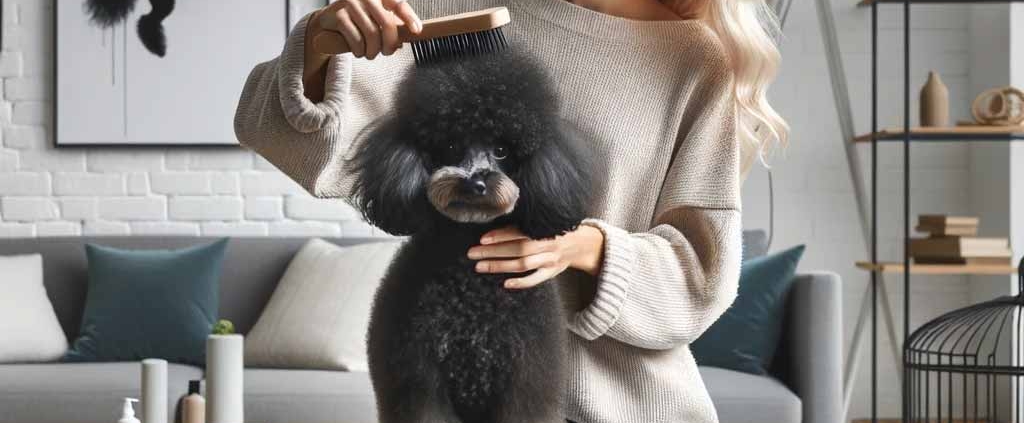The Crucial Practice of Brushing Your Dog: A Guide to Canine Grooming
Maintaining the health and happiness of our furry friends is a top priority for any dog owner. One crucial aspect that plays a significant role in achieving this is regular grooming, specifically brushing. Brushing your dog’s coat is more than just a bonding activity; it is essential for their overall well-being. This blog will delve into the importance of brushing your dog, the benefits it brings, and some tips to make it an enjoyable experience for both you and your furry companion.
The Importance of Brushing:
- Promotes a Healthy Coat and Skin: Regular brushing helps to distribute the natural oils produced by your dog’s skin, ensuring their coat stays shiny, soft, and healthy. It prevents the oils from building up, which can lead to skin irritation.
- Reduces Shedding: All dogs shed to some extent, but frequent brushing can significantly reduce the amount of hair that ends up on your furniture, clothes, and floor. It helps to remove loose fur and prevents it from becoming airborne.
- Prevents Tangles and Mats: Long-haired breeds are prone to developing tangles and mats, which can be painful and lead to skin infections. Brushing helps to prevent these issues by detangling the hair.
- Allows for Early Detection of Issues: Regular grooming sessions provide an opportunity to check your dog’s skin, coat, ears, eyes, teeth, and nails for any signs of problems. Early detection can lead to prompt treatment and a better prognosis.
- Strengthens the Bond Between You and Your Dog: Brushing is a hands-on activity that requires patience and gentleness. It helps to strengthen the bond between you and your dog, building trust and affection.
Choosing the Right Brush: Selecting the appropriate brush is crucial for effective grooming. The type of brush you need depends on your dog’s breed, coat type, and length. Some popular types include:
- Slicker Brushes: Ideal for removing tangles and mats from medium to long-haired breeds.
- Bristle Brushes: Suitable for short-haired breeds to remove loose fur and dirt.
- Pin Brushes: Great for dogs with long, silky coats.
- De-shedding Tools: Designed to remove the undercoat and reduce shedding.
Tips for a Positive Brushing Experience:
- Start Early: Introduce your dog to brushing when they are a puppy to get them accustomed to the process.
- Be Gentle: Use gentle strokes, and be careful not to pull on tangles or mats.
- Make it Enjoyable: Offer praise and treats during and after the session to create a positive association.
- Create a Routine: Establish a regular grooming routine to keep your dog’s coat in top condition.
- Seek Professional Help if Needed: If you’re unsure about how to properly brush your dog’s coat or if they have severe matting, consult a professional groomer.
Conclusion: Brushing your dog is an integral part of their grooming routine, contributing significantly to their health and happiness. It promotes a healthy coat, reduces shedding, prevents tangles, and strengthens your bond. By selecting the right tools and creating a positive brushing experience, you can ensure that your furry friend stays in top-notch condition while enjoying quality time together. Remember, a well-groomed dog is a happy dog!




Leave a Reply
Want to join the discussion?Feel free to contribute!